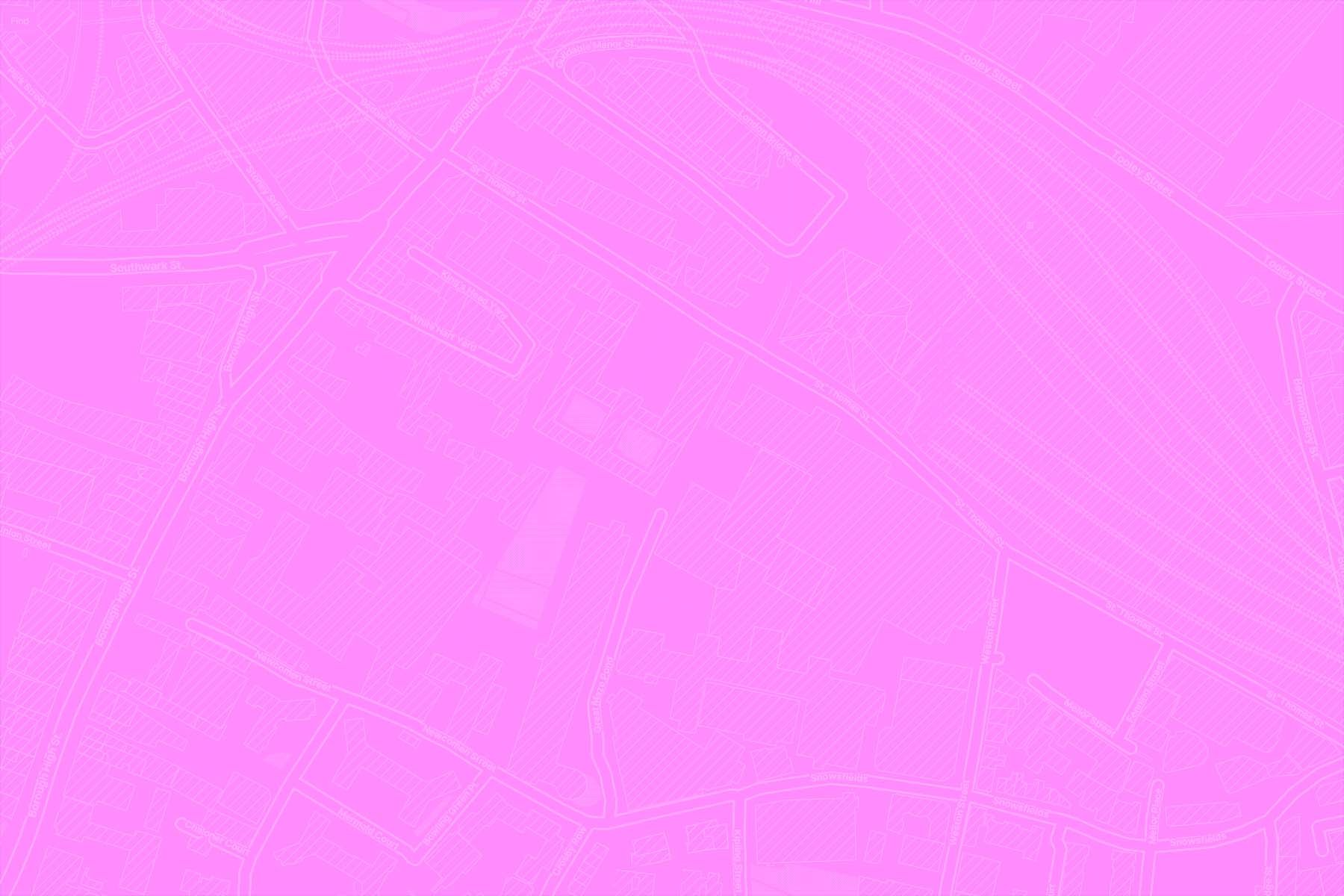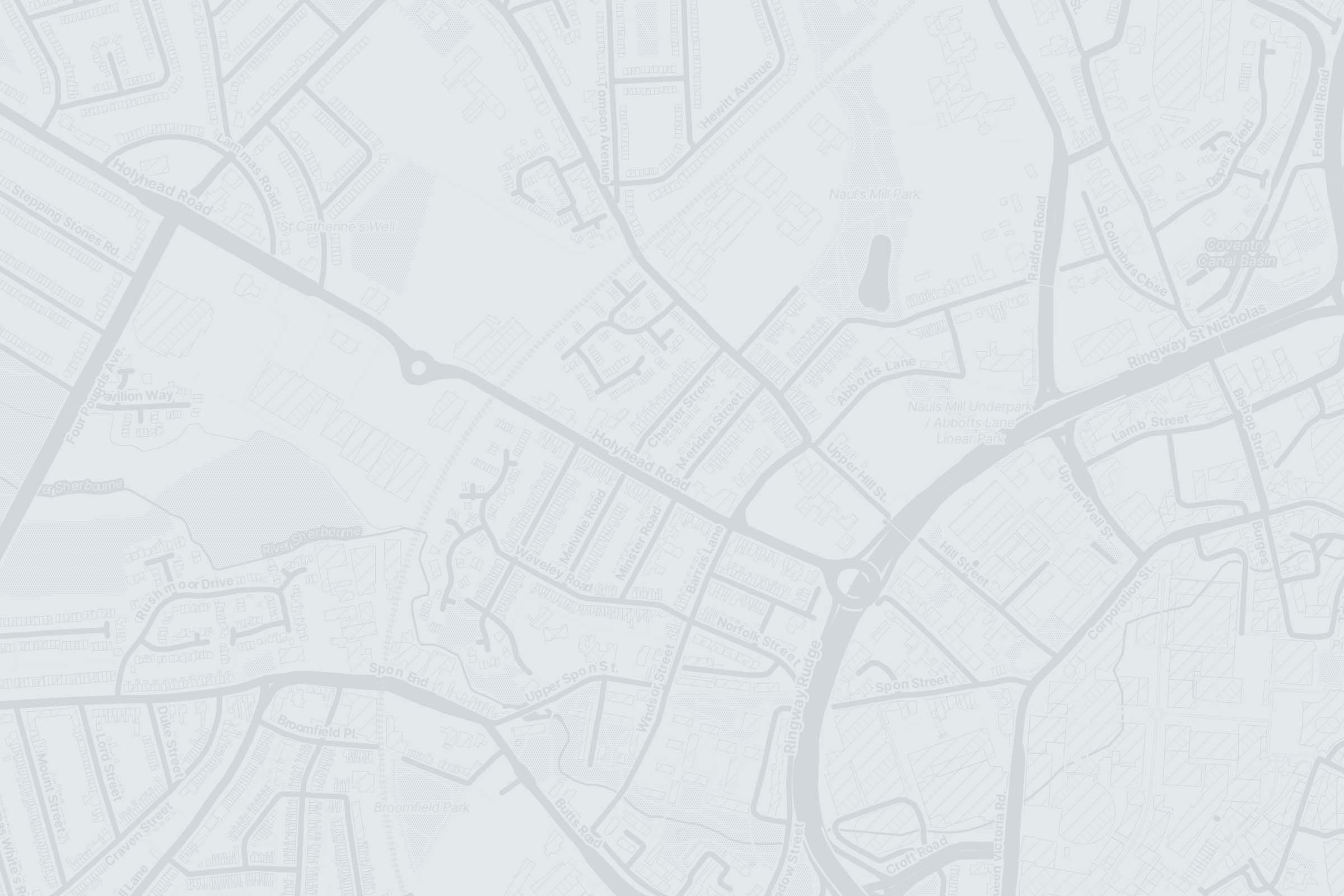
Jump to the Policy Recommendations | Research Findings
London Observatory
How do you imagine AI fulfilling expectations, desires and requirements in the street? What complications and dependencies does it create? And what innovation might emerge from community-driven (rather than industry-led) design?
Participants mapping a street corner on layered acetate sheets. Adapted from an image by Mukul Patel, CC BY-SA-NC 4.0 The London observatory took the form of collaborative workshops in which participants used role play, creative discussion formats and visual mapping to investigate the promises, effects and language of AI and adjacent technologies.
The London Observatory sessions took the form of site-specific workshops in three city locations. Workshop participants speculatively explored the impact of existing and projected deployment of AI and adjacent technologies in London streets, and more generally in urban contexts, using a range of creative methods including role-play, structured discussion and collaborative diagramming. This combination of methods enabled the critical exploration of imagined AI futures in three different dimensions: the identities we assume in the street, the needs and desires that the street actually or potentially fulfils, and alternatives to existing or projected technology-based solutions.
Each workshop ran for three hours, with a total of 18 participants. All had concerns and questions about AI, and some had expert knowledge. The researchers reported the following anecdotal findings in their fieldnotes.
Most participants had limited awareness of the extent of AI deployment in the street, but they were generally tech-literate and described wider, societal and legal implications of AI systems in some detail during workshop discussions.
Many participants expressed concern about surveillance and data rights; several noted the lack of users’ voices in design and implementation processes, and a few pointed to the energy and environmental costs of AI. One participant had expert-level domain knowledge, but even they described finding AI systems as opaque in multiple ways, from problem specification and design, to terms of engagement and access, to the origin, processing and fate of data.
There was broad agreement that, despite their potential agility and precision, AI technologies are entangled in an ossified economic model that centralises power away from citizens and relegates environmental costs as externalities. There was scepticism about the ability of AI systems to recognise and respond to nuances of human behaviour, geographical specificities, the needs of communities and impact on non-humans. Overall, the devolution of human agency to machine systems was seen as of mixed utility.
Other concerns raised included poor problem specification leading to ‘solutionism’ and function creep, and the general vulnerability of complex technological systems.
AI in my street?
A short summary video of the AI in the Street London Observatory.
Workshops conceived and led by: Yasmine Boudiaf, Manu Luksch, Mukul Patel

“A smart bin polices how you get rid of your waste – let's say you're not recycling things you should have. This defeats the positive intention of wanting to do something good for the wider community. That gets removed if some automated system's telling you to do it. It feels punitive rather than empowering.”
– London Observatory Participant.
Methodology
The London Observatory ran site-specific sessions at three locations in central and East London: Science Gallery London Bridge (SGL), Martello Street Studios London Fields (MLF), and Hermitage Community Moorings Wapping (HCM).
The methodology and approach evolved over the sessions. All sessions were audio recorded. Diagramming and mapping activities were video-recorded from behind the transparent drawing surface. Participants had continual access to paper and pens.
Each session explored the role of AI in London streets in the following dimensions:
Identities in the street, noting in particular that we may inhabit multiple and fluid identities (as parent accompanying child, as cyclist, etc.)
Needs and desires that the street actually or potentially fulfils, or fails to; the extent to which technologies including AI meet these needs and desires, either as currently deployed or as imagined, and unintended effects (which may have uneven impact).
What technologies including 'AI' are in use in the street and what are their benefits/costs/shortfalls/unintended effects?
What are alternative (possibly non-technological, cultural) solutions?
The workshop design varied slightly across the three sessions.
The London Science Gallery workshop started with a discussion of what participants want or expect from the street. In these discussions, participants were invited to assume a specific standpoint (e.g. a parent with baby buggy, a commuter by public transport, a cyclist) but there was no requirement to make reference to technology. The ensuing two workshops started with a dramatic performance by the workshop leads on the subject of ‘smart’ traffic technologies. In the last workshop (HCM), scripts were given to participants to include them in the performance.
In each workshop, the introductory activity was followed by ‘Keyword Analytics’, a discursive session guided by a flowchart and timers. Participants chose one or two cards which bore keywords with short descriptions (e.g. ‘Smart Bin’). Working together in pairs/trios, they followed the flowchart to interrogate each keyword under timed conditions. A sharing session followed.
Finally, in all sessions participants engaged in an exercise of ‘Drawing out AI in the street’. Participants were given multiple coloured markers and directed to a transparent A0 acrylic screen on which there was drawn a local street scene. In turn, they drew and explained their visions of existing/projected AI instances on A4 acetate sheets and stacked them on top of the acrylic sheet – to elaborate the interactions that might occur. Discussion followed.

“It doesn't matter that you passed your driving test, you don't actually learn to drive until you're on the road with people. Because that's when you learn to pick up on how other people behave, and you're able to predict how someone might behave based on microscopic gestures... but will a full self-driving vehicle understand those social indications – which will be different around the world? For example, in South Asia, people don't look at mirrors, they listen out for honking instead. How does a full self-driving car respond to that?”
– London Observatory Participant.
Partners and Participants
Ambient Information Systems – production company and artists collective ambienttv.net
Manu Luksch – codirector, Ambient Information Systems, manuluksch.com
Mukul Patel – artistic codirector, Ambient Information Systems, mukul.works
Yasmin Boudiaf – Creative Technologist and Researcher, Ada Lovelace Institute, yasmine-boudiaf.com
Mercedes Bunz – Professor in Digital Culture and Society in the Department of Digital Humanities at King’s College London.
Thanks to our hosts
What We Observed

“Cats’ eyes on the roads are an example of an existing, really effective mechanical solution – if you drive over them, you can feel them. With lane-keeping assistance, we're doing this digitally. But from a risk assessment perspective, it's always been preferable to use a direct mechanical solution rather than an indirect digital one.”
– London Observatory Participant
Further Information and Links
Predictive Cities Tool Box — A ‘glossary-in-progress’ for the terminology of the connected city, to help everyone participate in the shaping of our public spaces by engaging with evolving language.

Research Findings in Depth: The Observatories
-

Cambridge, UK
What data do disabled people need to move through the street, and how does urban infrastructure interact with the lived experience of access needs?
-

Coventry, UK
How does the AI infrastructure needed for autonomous vehicle trials impact other human and more-than-human users of the street - and how might we see and hear the effects?
-

Edinburgh, UK
Engaging with residents and users of Leith Walk, seeking to capture everyday encounters with AI and understand people’s views of AI’s impact on the street.
-

Logan, AUS
Logan is one of the world’s largest drone delivery trial sites. But what do locals feel about the presence of commercial and autonomous drone delivery systems in their neighbourhood?
-

London, UK
How does AI fulfil expectations, desires and requirements in the street, and what complications does it create? Might innovation emerge from community-driven (rather than industry-led) design?




